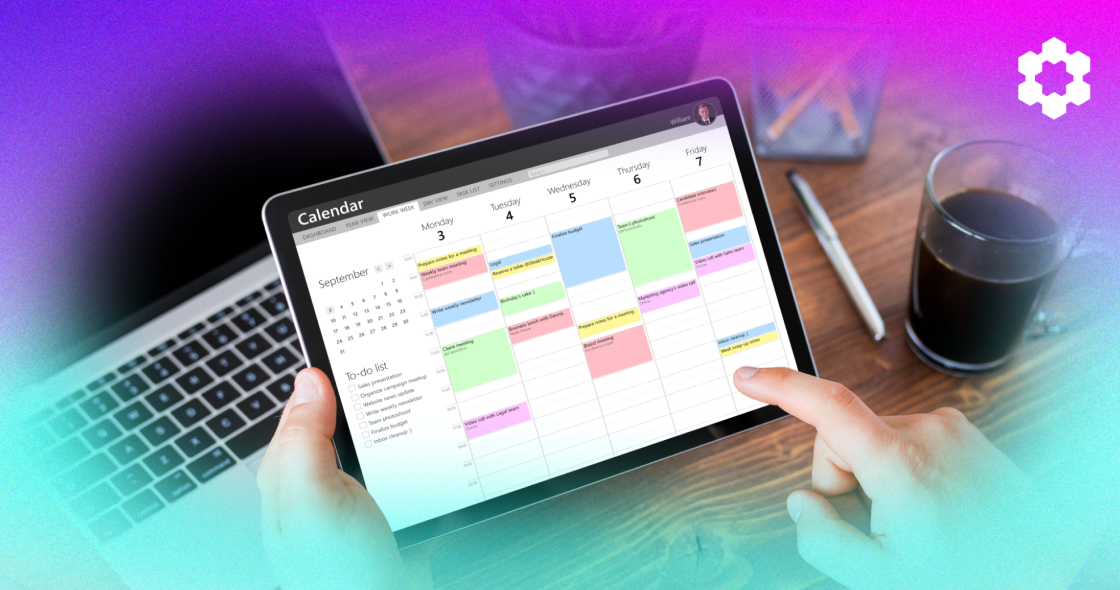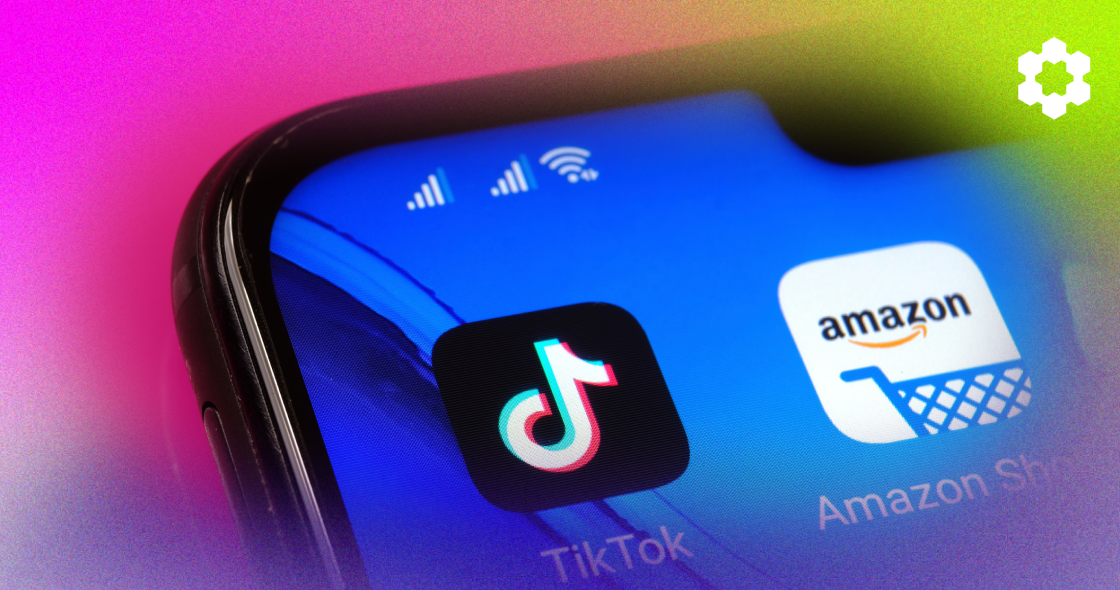Today, there are close to 10 million sellers on Amazon who collectively sell more than three billion products each year.
With so much competition, how can sellers possibly keep up?
If you’re a fulfillment by Amazon (FBA) seller, you can stay at the top of the pack by achieving and maintaining the Amazon Best Seller Rank (BSR). Here’s everything you need to know about winning the Amazon BSR — and how doing so can give your business a sharp competitive advantage.
What Is Amazon BSR?
Amazon BSR is a ranking system that shows how well a product is selling compared to other products in the same category. To calculate the ranking, Amazon takes into account various factors, such as the product’s sales history, customer reviews, and the number of sales made over a certain time period.
Because it’s a key metric for success on the marketplace, it’s critical that sellers check their per-ASIN rankings frequently by following these steps:
- Navigate to the product page on Amazon.
- Scroll down to “Product Information” and select “Additional Details.”
- View the rank number next to the category in which you’re selling.
The ranking system can directly impact the visibility of your product on Amazon. When a product has a high BSR, it’s likely to appear higher in search results, which can lead to more sales. A low rank, on the other hand, can make it harder for customers to find your product, leading to fewer sales.
Products that reach the number one best-selling position in their category receive an attractive “Best Seller” badge on their listing, which can further increase customer traffic and sales.
What’s a Good Best Seller Rank on Amazon?
Generally, products with BSRs below 2,000 tend to be more popular, making it a worthwhile standard to aim for.
But there’s no one-size-fits-all BSR ranking system across categories.
The number 100 sales rank in the “Toys & Games” category might be considered excellent, for example, while the number 100 in “Health & Personal Care” might be considered average.
To get a sense of how your ranking stacks up to other products in your category, it’s helpful to track your Best Seller Rank over time and compare it to your competitors’ rankings. Doing so can give you a sense of what a “good” rank looks like for your particular product and category.
Amazon Best Seller Rank vs. Organic Ranking
Ranking well in search is key to driving sales.
But with two different ranking systems at play — Amazon BSR and organic ranking — it can be confusing to understand which one matters most.
While Amazon BSR ranks products within a category based on sales, organic ranking refers to the position of a product in search results when a shopper searches for a specific keyword or phrase. Amazon’s algorithm determines this ranking based on the product’s title, description, keywords, and reviews.
Both rankings matter, but they each serve a different purpose.
If you are focused on generating sales and increasing revenue, then BSR may be more vital to you. If you’re looking to attract new customers and expand your brand, you may want to prioritize your organic ranking.
The BSR-Organic Rank Connection
Keep in mind that BSR and organic rank influence each other and connect to all aspects of your product. If you strategically place keywords in your listing and advertise around those keywords, for example, Amazon’s algorithm will recognize this success and start to improve your organic ranking on that keyword. As you optimize more keywords and increase your organic ranking on each, your BSR will climb up the ranks, as well.
As such, you should keep an eye on your conversion rates, keyword optimization effort, organic keyword ranking, and the keyword you use in your advertising campaigns.
BSR is dependent on many factors, including:
- The relevance of search terms to the product (also known as backend “SEO” optimization).
- The conversion rate on each of these keywords and your overall conversion rate for the product.
- The conversions you get from advertising on those keywords.
- Organic converting sales.
Remember, Amazon built their algorithms to benefit Amazon, so if you’re spending advertising dollars and converting well, Amazon will favor your product because they know you’ll keep spending more on ads if they’re resulting in profitable sales.
7 Strategies for Achieving the Best Possible BSR
The Amazon competition might be stiff, but there are several strategies you can use to work toward that coveted number one BSR spot. Here are some sales-boosting strategies to try.
1. Track Your Sales Rank
We can’t state it enough: Tracking your Best Seller Rank regularly is essential to understanding your products’ performance and identifying areas in need of improvement.
By monitoring your BSR, you can see how your ranking changes over time and understand how changes you make to pricing, product listings, or marketing efforts impact your products’ performance.
2. Optimize Your Product Listings
Using relevant keywords and high-quality product images can help improve your ranking in Amazon’s search results, leading to increased sales and a better Best Seller Rank.
An even better strategy?
Save time and energy by using an automated tool like PixelMe to optimize your product pages with high-performing keywords.
3. Improve Your Customer Reviews
A high BSR is closely linked to customer satisfaction, so be sure to prioritize your customers and deliver a consistently great experience.
Ensure you have a high-quality product, responsive customer service, and fast and reliable shipping. If your product has a high return rate or negative reviews flowing in, your ranking will suffer.
4. Maintain Healthy Inventory Levels
Poor inventory management often means slower fulfillment, lost money — and a lower BSR.
To avoid stockouts or overstocking, use a tool like SoStocked to automatically optimize your inventory management and ensure you always have enough inventory to meet customer demand. Carefully monitor your inventory levels to account for seasonal peaks and valleys and changes in consumer needs.
5. Monitor Your Pricing
Product price is one of the key factors that determines your Best Seller Rank.
Monitoring your competitors’ prices and adjusting yours accordingly can help improve your ranking and ensure you’re keeping pace with market trends. To save time, consider using a repricing tool that will automatically adjust your prices in real time based on market conditions.
6. Watch Your Competition
It’s always good practice to keep an eye on the competition.
Monitor how they’re pricing their products and how their products are ranking to identify gaps in the market and be able to quickly adapt your strategy accordingly.
If a new competitor offers a similar product to yours at a lower price, for example, you may need to lower your price to remain competitive. Alternatively, if you see that your competitors are offering a lower-quality product at a higher price, you may be able to differentiate your product by highlighting its superior quality and charging a higher price.
7. Invest in Amazon PPC
Sponsored ads can help you increase the visibility of your Amazon product, drive more traffic to your listing, and boost your sales — all of which can impact your BSR.
Avoid stagnant sales and make your PPC management easy and effective with a tool like PPC Entourage.
Converting more shoppers is every seller’s goal. And winning — and keeping — that top BSR ranking is a surefire way to achieve that goal.
Stay Ahead with the Best Software
Whether you focus your strategy on optimizing searchability, driving positive customer reviews, implementing a competitive pricing strategy, or all of the above, it’s critical to constantly monitor and refine your efforts.
And once you reach the top BSR rank, don’t stop there. Keep assessing what’s working and adopting the tools that can help keep you at the top.
Want to win big on Amazon? Check out Carbon6’s suite of solutions that can equip you with everything you need to build and maintain a better business.








